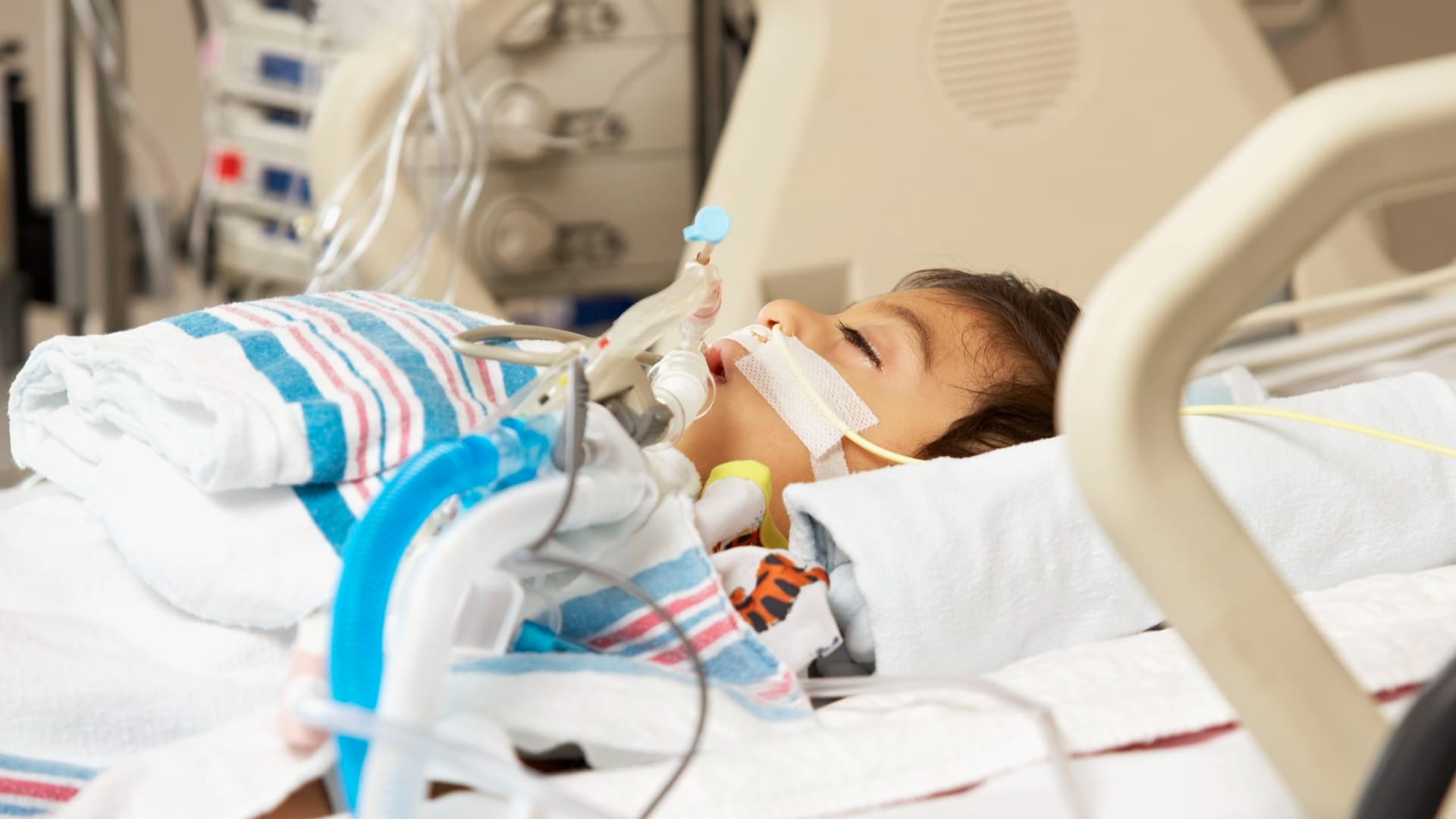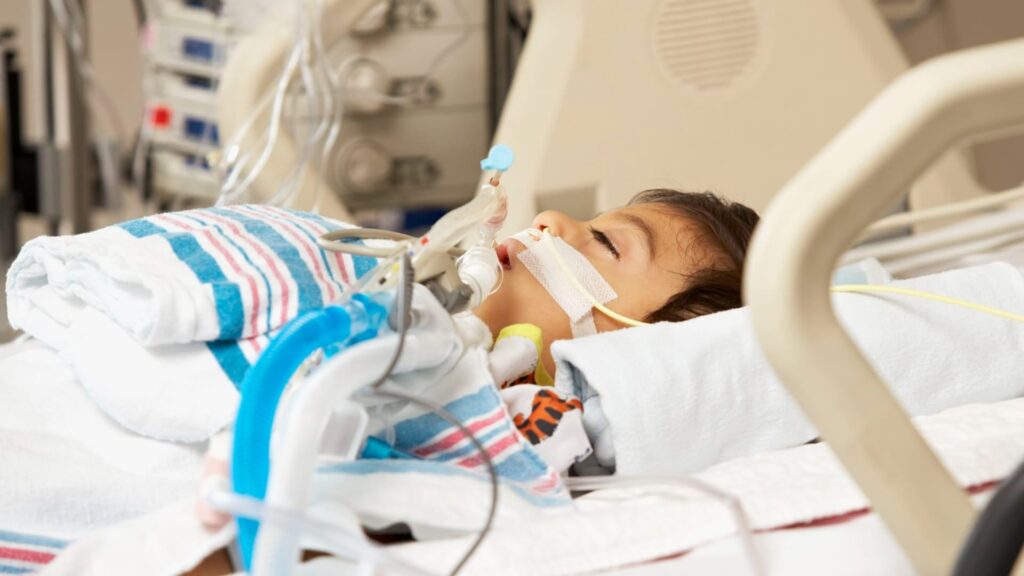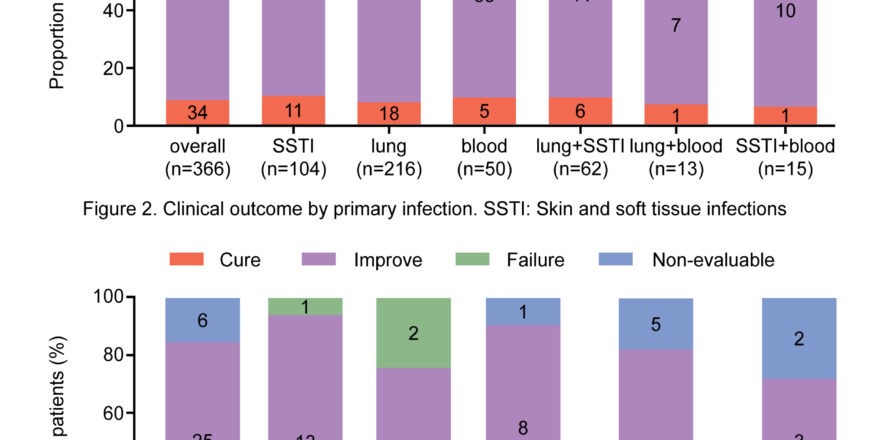Ref: Raman S.,etal, The SPLYT-P Randomized Clinical Trial, JAMA Pediatr. Published online December 19, 2022. doi:10.1001/jamapediatrics.2022.4912
Importance Most children admitted to pediatric intensive care units (PICUs) receive intravenous fluids. A recent systematic review suggested mortality benefit in critically ill adults treated with balanced solutions compared with sodium chloride, 0.9% (saline). There is a lack of clinically directive data on optimal fluid choice in critically ill children.
Objective To determine if balanced solutions decrease the rise of plasma chloride compared with saline, 0.9%, in critically ill children.
Design, Setting, and Participants This single-center, 3-arm, open-label randomized clinical trial took place in a 36-bed PICU. Children younger than 16 years admitted to the PICU and considered to require intravenous fluid therapy by the treating clinician were eligible. Children were screened from November 2019 to April 2021.
Interventions Enrolled children were 1:1:1 allocated to gluconate/acetate–buffered solution, lactate-buffered solution, or saline as intravenous fluids.
Main Outcomes and Measures The primary outcome was an increase in serum chloride of 5 mEq/L or more within 48 hours from randomization. New-onset acute kidney injury, length of hospital and intensive care stay, and intensive care–free survival were secondary outcomes.
Results A total of 516 patients with a median (IQR) age of 3.8 (1.0-10.4) years were randomized with 178, 171, and 167 allocated to gluconate/acetate–buffered solution, lactate-buffered solution, and saline, respectively. The serum chloride level increased 5 mEq/L or more in 37 patients (25.2%), 34 patients (23.9%), and 58 patients (40.0%) in the gluconate/acetate–buffered solution, lactate-buffered solution, and saline groups. The odds of a rise in plasma chloride 5 mEq/L or more was halved with the use of gluconate/acetate–buffered solution compared with saline (odds ratio, 0.50 [95% CI, 0.31-0.83]; P = .007) and with the use of lactate-buffered solution compared with saline (odds ratio, 0.47 [95% CI, 0.28-0.79]; P = .004). New-onset acute kidney injury was observed in 10 patients (6.1%), 6 patients (3.7%), and 5 patients (3.2%) in the gluconate/acetate–buffered solution, lactate-buffered solution, and saline groups, respectively.
Conclusions and Relevance Balanced solutions (gluconate/acetate–buffered solution and lactate-buffered solution) administered as intravenous fluid therapy reduced the incidence of rise in plasma chloride compared with saline in children in PICU.







